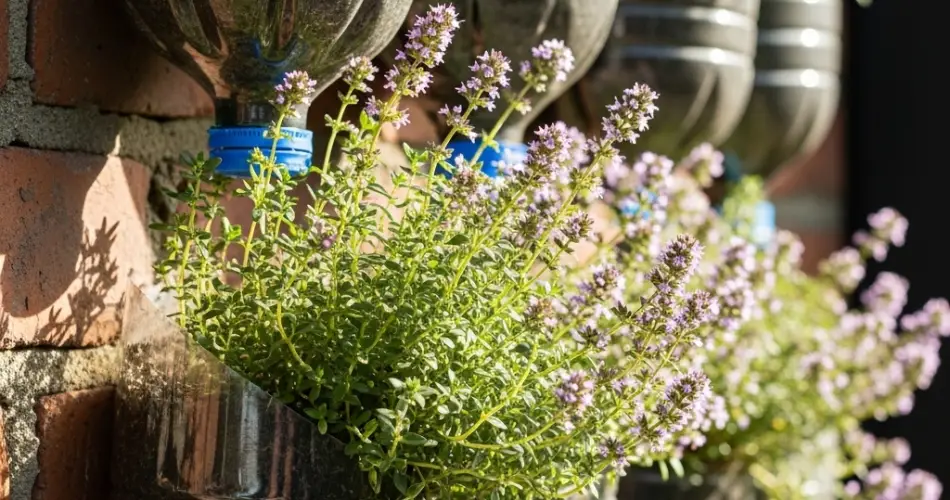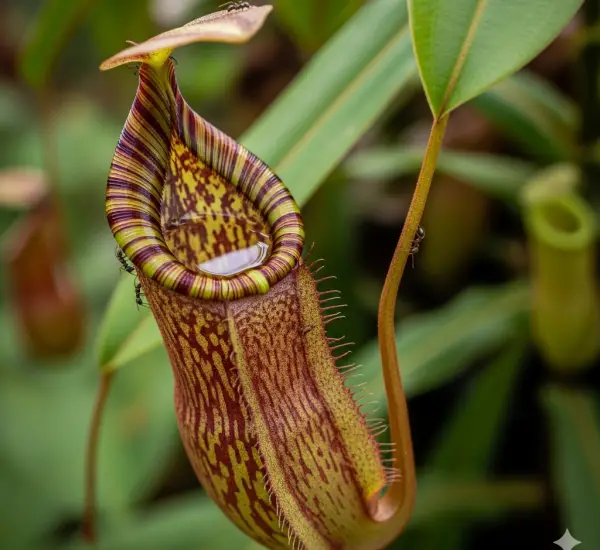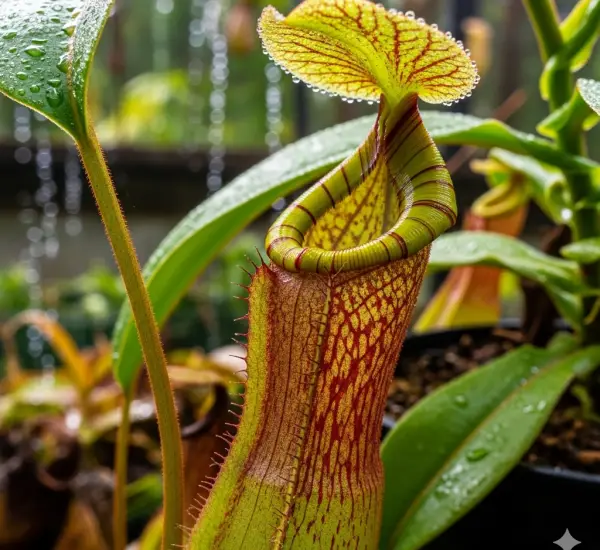Thyme (Thymus vulgaris) is a fragrant, hardy herb known for its culinary and medicinal uses. With its compact size, drought tolerance, and trailing growth habit, thyme is an excellent candidate for vertical gardening. And by creatively repurposing plastic bottles, you can turn an empty wall or fence into a thriving herb garden—even in the smallest of spaces.
This sustainable gardening method is ideal for balconies, patios, kitchens, or anywhere with limited soil space. In this guide, you’ll learn how to grow thyme vertically using plastic bottles, from selecting the right materials to maintaining healthy, productive plants.
Why Grow Thyme in a Vertical Bottle Garden?
Thyme is a Mediterranean herb that thrives in well-drained soil and sunny conditions—two factors that make it perfect for vertical gardening. When grown in plastic bottles mounted on a wall or frame, thyme enjoys excellent drainage, ample airflow, and direct sunlight. Benefits of this method include:
-
Eco-friendly approach: Reuses plastic waste and reduces landfill impact.
-
Space efficiency: Ideal for tight spaces like balconies or small kitchens.
-
Controlled growth: Keeps herbs organized and contained.
-
Decorative element: Adds greenery and texture to blank walls or fences.
-
Easy maintenance: Easier to access and water than ground-level beds.
With minimal materials and care, you can enjoy fresh thyme year-round.
Supplies You’ll Need
To build your thyme wall garden, gather these materials:
-
Clean, empty plastic bottles (1.5–2L recommended)
-
Scissors or utility knife
-
Drill or heated nail (for making drainage and mounting holes)
-
Potting mix suitable for herbs
-
Compost or organic fertilizer
-
Thyme seeds, cuttings, or small transplants
-
Twine, wire, or zip ties
-
A wooden pallet, fence, or mesh frame to hang the bottles
-
Screws or hooks for wall mounting (if needed)
Wash bottles thoroughly and remove labels before starting.
Preparing the Bottles
-
Cut the opening:
Lay the bottle horizontally and cut out a rectangular window (about 4–6 inches long) on one side. This will be the planting area. -
Add drainage holes:
Poke 3–5 small holes in the bottom using a drill or heated nail. This prevents water buildup, which thyme dislikes. -
Create mounting holes:
Near the top edges, punch two holes on either side for threading string, wire, or zip ties to hang the bottles. -
Optional water control:
You can leave the cap on and puncture a small hole for slow drainage, especially in drier climates.
Assembling the Vertical Garden
Mount the prepared bottles onto a vertical structure such as:
-
A wooden pallet leaned against a wall
-
A wire mesh or trellis
-
A sunny fence or brick wall
Attach bottles with wire or zip ties, ensuring there’s adequate space between rows so each plant receives sunlight and airflow. Place the garden in a south- or west-facing location that gets 6–8 hours of sunlight daily.
Soil and Planting
Thyme prefers light, well-draining soil. Avoid moisture-retaining mixes or heavy garden soil. The ideal soil mix includes:
-
2 parts potting mix
-
1 part coarse sand or perlite
-
1 part compost or worm castings
Fill each bottle with this soil mixture, leaving about 1 inch at the top.
Planting methods:
-
Seeds: Sow 3–4 thyme seeds in each bottle, lightly cover with soil, and mist with water. Thin to the strongest seedling once they sprout.
-
Cuttings or transplants: Plant one rooted cutting or young thyme transplant per bottle. Gently firm the soil around the base.
Watering and Feeding
Thyme prefers dry, well-drained conditions. Overwatering can lead to root rot or fungal issues, especially in confined containers. Follow these tips:
-
Water only when the top 1–2 inches of soil feel dry.
-
Use a squeeze bottle or spouted can for precise watering.
-
Avoid soaking the foliage; water at the base.
Feed thyme lightly with a diluted organic fertilizer once every 4–6 weeks. Too much feeding will encourage lush, leggy growth but reduce flavor intensity.
Pruning and Harvesting
Regular pruning keeps thyme compact, promotes new growth, and extends its productive life. Start harvesting once the plant is about 6 inches tall.
-
Snip stems just above a leaf node.
-
Trim regularly to prevent woody growth and encourage branching.
-
Remove flower buds to keep the flavor strong and production continuous.
Harvested thyme can be used fresh, dried, or frozen. To dry thyme, hang bundles upside down in a warm, dry, well-ventilated area, then store in airtight containers.
Common Problems and Solutions
Thyme is generally pest- and disease-resistant, but here’s how to handle a few issues:
-
Yellowing leaves: Usually a sign of overwatering—reduce watering frequency.
-
Leggy growth: Indicates insufficient sunlight—move to a sunnier spot.
-
Powdery mildew: Improve airflow by spacing bottles and pruning excess foliage.
-
Root-bound plants: If thyme stops growing well, refresh the soil annually or transplant to a larger container.
With regular care, thyme can live for several years in a vertical setup.
Final Thoughts
Growing thyme in a vertical garden using plastic bottles is a smart and sustainable way to bring herbs into your daily life, especially if space is limited. This method is not only eco-friendly and practical but also adds beauty and utility to your living space. With good drainage, plenty of sunlight, and occasional pruning, you can enjoy a steady supply of aromatic, flavorful thyme right from your wall.



